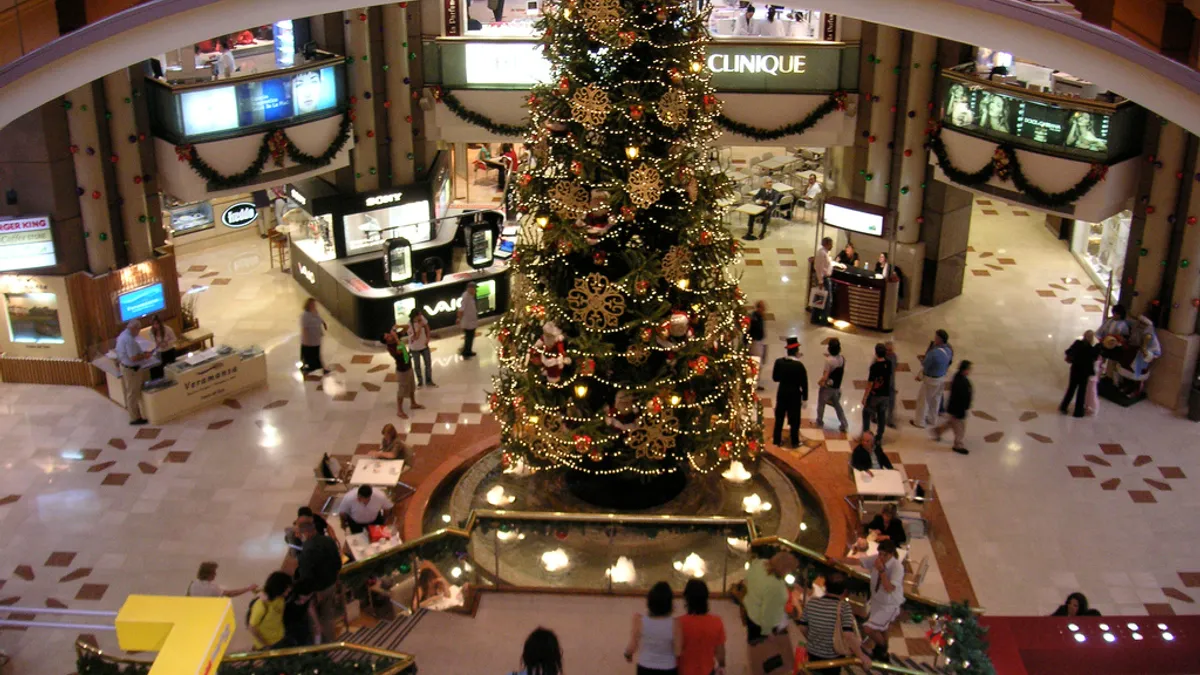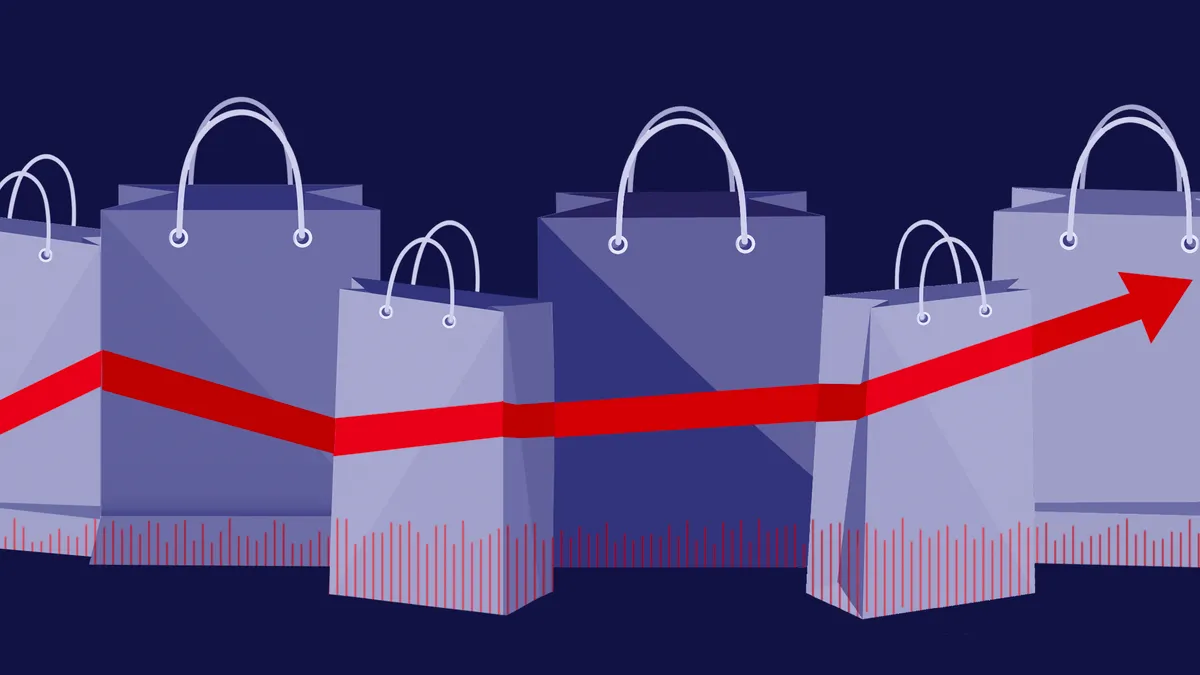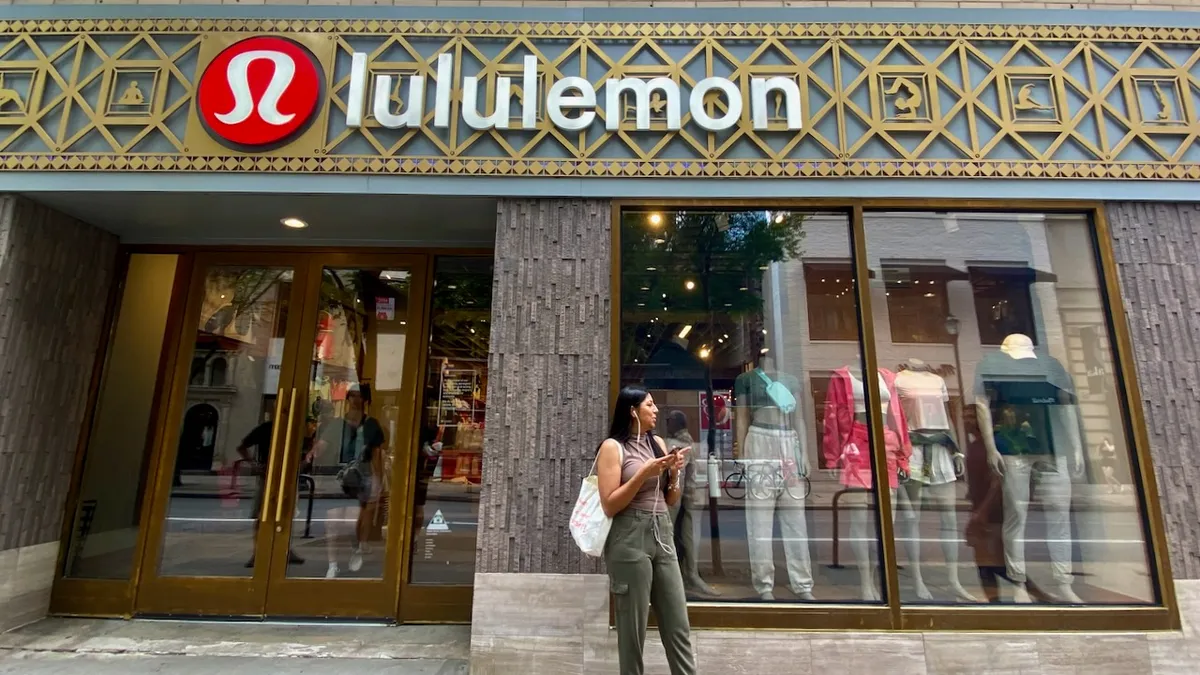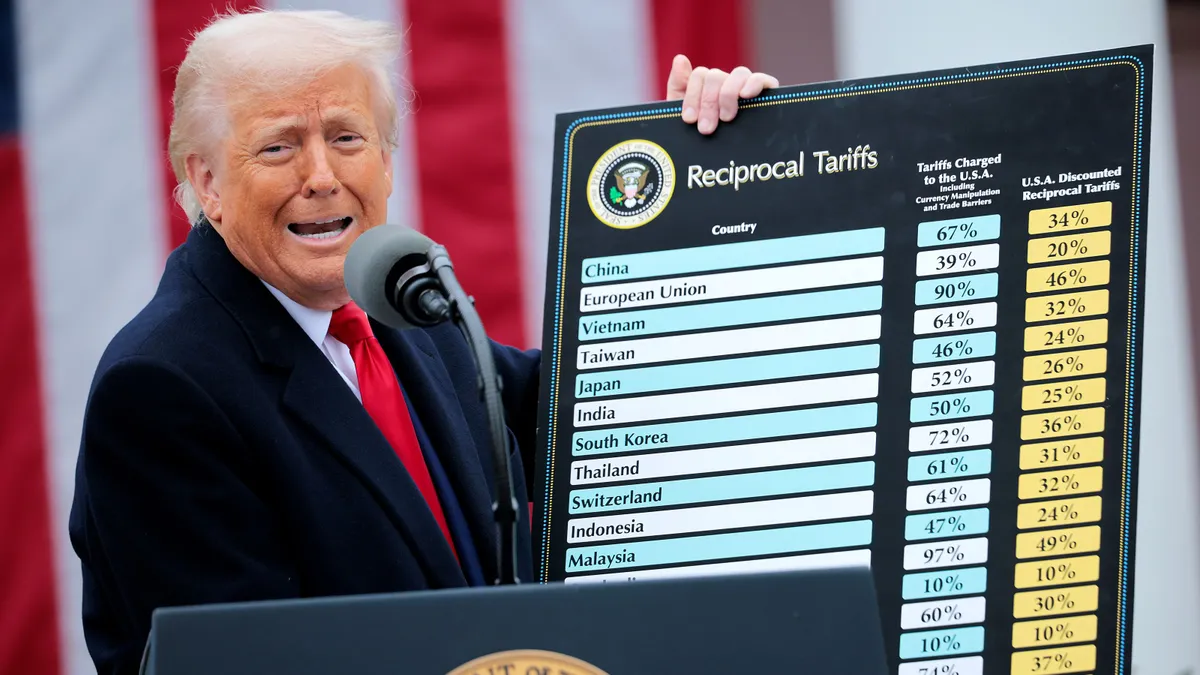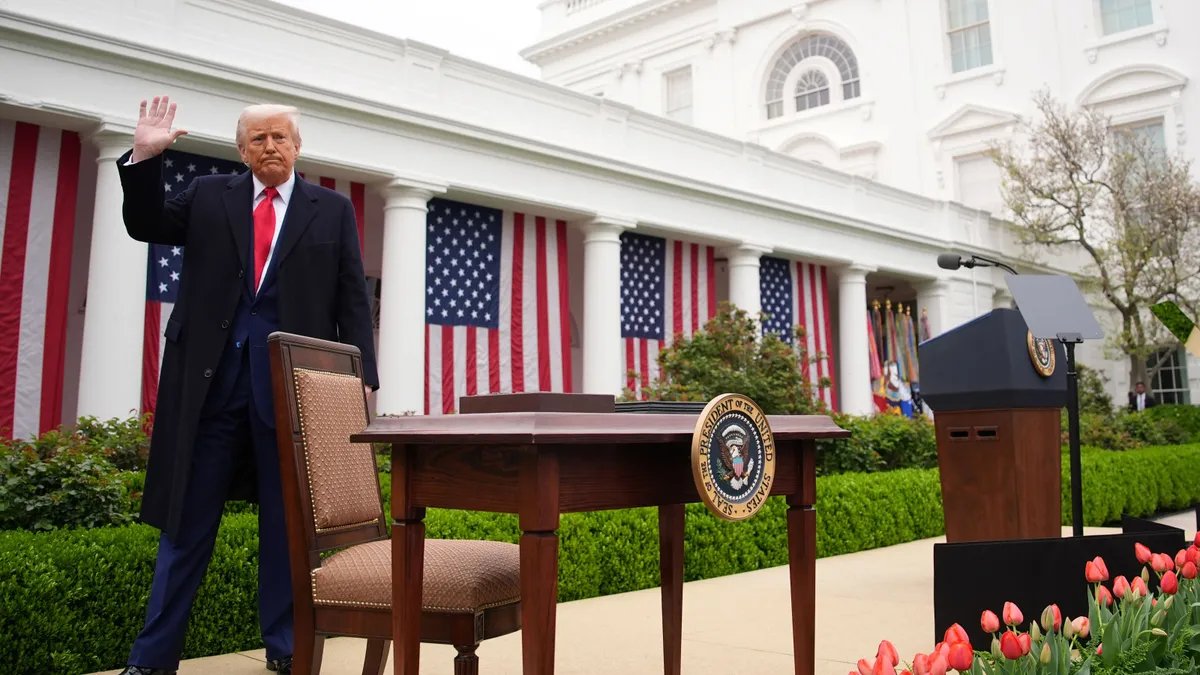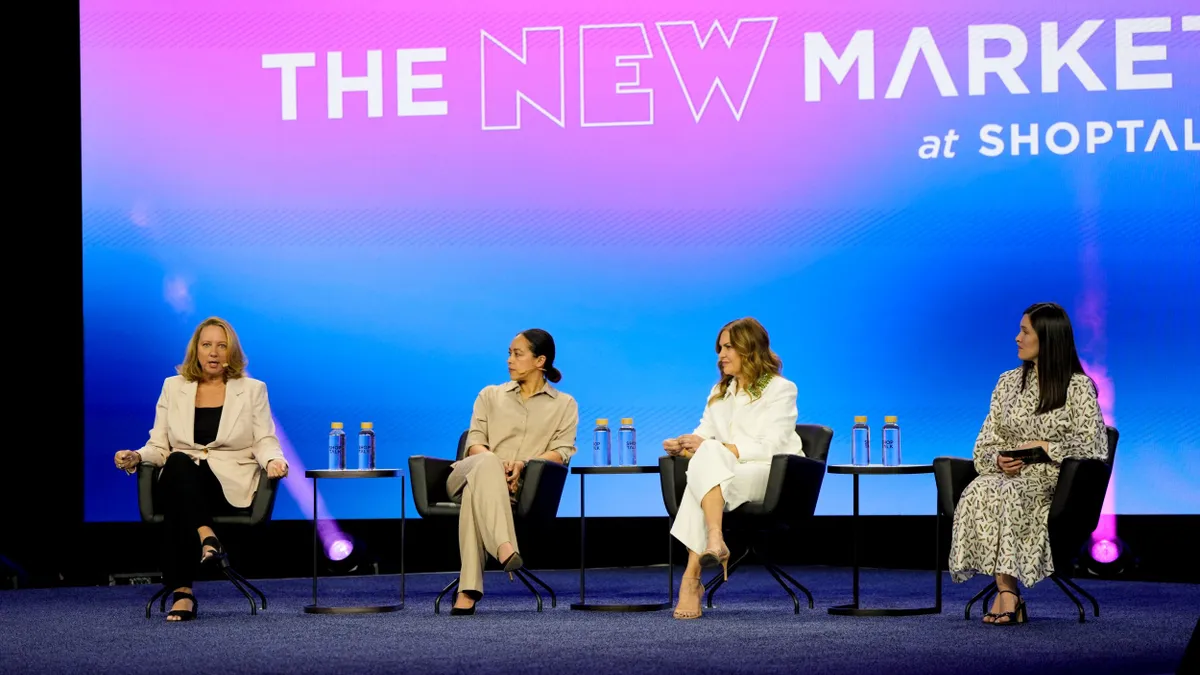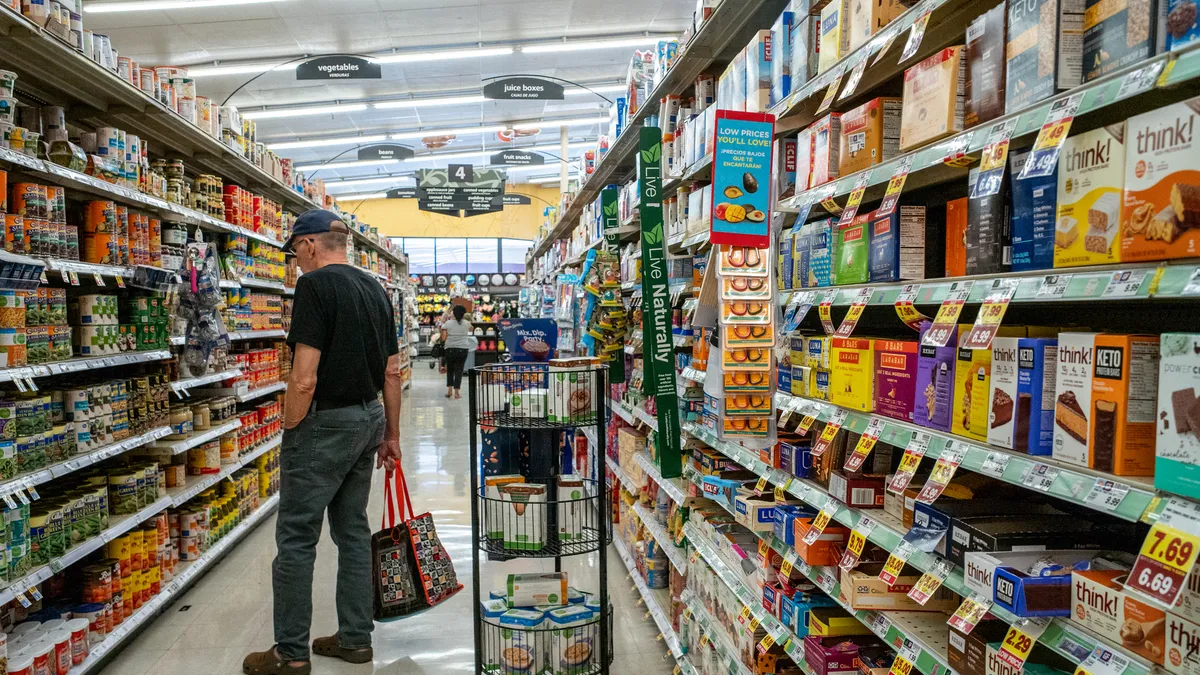Many stores were busy this year on the Black Friday shopping weekend — some busier than others — and online sales saw perhaps their best year yet.
Cyber Monday sales topped $3 billion, making it the biggest single day for U.S. e-commerce sales. But some statistics were decidedly mixed, with research from Verizon Enterprise Solutions, for example, that actually found most of the e-commerce activity occurred Sunday night and fairly normal online sales traffic on Monday.
But none of that moved the needle on the National Retail Federation’s prediction for the season, which stays at 3.7% sales growth over last year, according to NRF CEO Matt Shay. Shay also told Reuters that retail executives are pleased by the weekend’s results.
Now, with Cyber Monday is just behind us, there are plenty more days left in the season. Here’s what you need to know about the recent retail holiday weekend — and what's ahead.
It was an omni-channel, omni-day weekend
Several studies found that online sales were up on Black Friday, which may have cut foot traffic to stores. In-store analysts company RetailNext, for example, found a decrease in U.S. store sales of 4.7% on a 5.1% decline in store traffic.
But those numbers mean something different this year than they may have in previous years, when retailers didn’t “sneak peek” their holidays sales so early in November, and when e-commerce was less of a force.
“The sales and traffic numbers only tell a partial story as retailers with strong digital businesses saw an uptick in the online channels that will positively impact the overall performance of the brand,” said RetailNext VP of retail consulting Shelley E. Kohan. “The weekend continued to demonstrate the emergence and importance of mobile shopping, and shoppers increasingly used digital devices to shop brands, research products, compare pricing and make purchases.”
The NRF characterized the weekend in similar fashion before Cyber Monday dawned, noting that its figures showed that in-store shopping was level with last year but that the bump in e-commerce would put total sales ahead of last year. (It’s not emphasizing its numbers because a change to its methodology has rendered last year’s to this year’s essentially apples to oranges.)
And RetailNext, the NRF, and others noted that it isn’t just e-commerce that is altering the meaning of results from Black Friday and Cyber Monday, but also the timing of retail promotions and marketing, which really began in earnest after trick or treating was barely over.
“Shopping has changed and the consumer has changed and retailers have changed,” Shay told the New York Times. “Retailers are heavily promoting starting the day after Halloween.”
Indeed, RetailNext and Verizon Enterprise Solutions found that muted foot traffic on Black Friday was likely due in part to better foot traffic throughout November in many areas.
“The data we’ve collected is consistent with what we saw last year,” said Michele Dupré, group vice president of retail, hospitality and distribution for Verizon Enterprise Solutions. “That’s a result of consumers engaging much earlier on in the sales cycle early in November. It shows that shoppers are going to the stores. And I think it shows that brick-and-mortar and e-commerce is still a healthy combination for retailers.”
Waiting for promotions
While e-commerce may be encroaching on physical store sales somewhat — despite this year’s significant jumps in online purchases, brick-and-mortar still accounts for the bulk of sales on Black Friday weekend, not to mention 93% of retail sales for the year — many shoppers waited until Cyber Monday to buy mostly because they anticipated lower prices.
Certainly, Black Friday was long defined by retailers as a day for special prices, limited quantities, and door busters. Now consumers may be shifting their expectations for extra-special price breaks to online retailers or online promotions from traditional retailers.
Indeed, the NRF’s Shay warned that promotional expectations are high and could actually intensify as December wears on, pointing to an NRF survey that found one-third of Thanksgiving/Black Friday shoppers bought items on sale, and that two in five said they believed discounting will only intensify between now and Christmas.
That could mean that, even if foot traffic or web traffic is up at retailers, actual sales could disappoint on thin margins. That seems likely when you consider that retailers are already selling 21% fewer items at full price than last year, according to research by DynamicAction and IHL Group.
Sowing confusion
But added to the sense of expectation and razor-thin margins could be a fair amount of confusion and noise, says Dupré, that could hurt retailers in the long run. As December continues, retailers are going to have to be creative, she told Retail Dive.
“The promotions that happen over Black Friday crept into the sneak peeks in early November,” she said. "There’s so much overlapping, and it’s blurring the lines between one promotional event to the next. Instead, retailers should be asking whether they really think their customers are getting value. Is it a ‘good deal’? Or are they creating unnecessary confusion without having clean points of starts and stop?”
There’s plenty of December left to find some clarity, Dupré says. And one of the most effective ways is to tap into the preferences expressed by your most loyal customers.
Loyalty
While Verizon Enterprise Solutions hasn’t found drastic changes in holiday traffic patterns from last year to this year, and while the NRF doesn’t expect growth to get much past 4%, Dupré did say that loyalty programs are emerging as especially important to many retailers this year.
That will increasingly be key in a noisy, omni-channel, omni-day retail world, she says.
“I think retailers are starting to leverage their loyalty programs to entice their customers to shop, in a way that’s different from last year to this year,” Dupré says. “It goes back to that personal preference. When you have a captive customer and you understand their preferences and their wishes and work to fulfill that. It’s the one trend that I’ve seen that customers are responding well to.”
Perhaps the oddest, but starkest, example of a brand being clear about Black Friday was outdoor retailer REI, which launched an #optout campaign encouraging its employees and customers to enjoy the outdoors rather than shop on that big day. The move garnered the retailer a load of positive attention on social media, inspired state and federal parks to hand out free passes for the day, encouraged just a little bit of copy-catting, and, as it happened, helped lead to a 26% jump in e-commerce traffic to REI's site on Black Friday.
Similarly, if less dramatically, retailers that opted to stay closed on Thanksgiving also fared well compared to those that opened.
“In a year over year comparison this year and last year, the retailers who closed their stores performed better than their leading competitors,” Pascal Cohen, digital insights manager for SimilarWeb told Geekwire. “In addition, day over day they also performed better for visits.”



